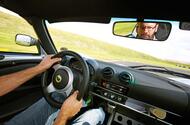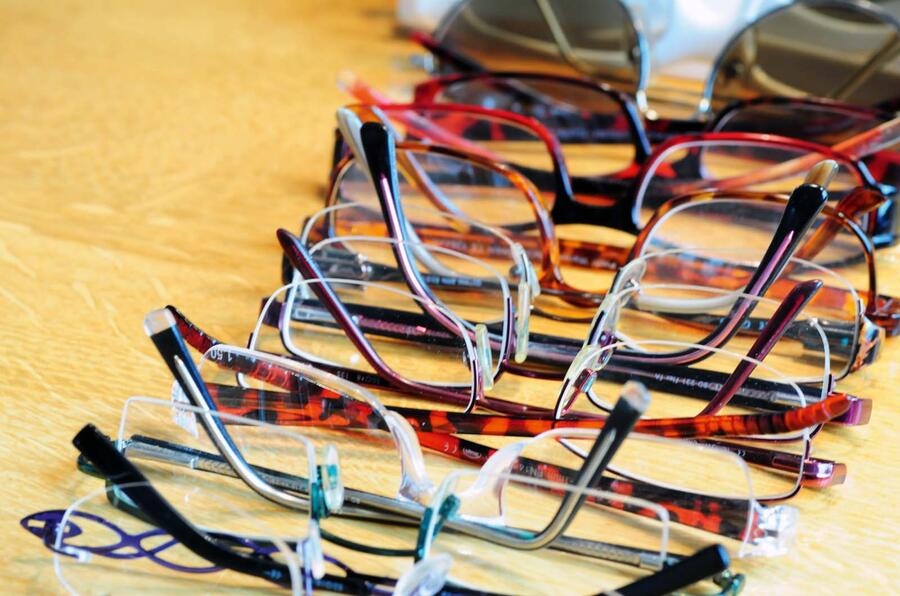Matt Prior: should drivers have their vision checked more often?

Prior's flirtation with varifocal lenses was briefOur road tester has been offered varifocal lenses, which has got him thinking: can everyone on the road see well enough to drive?
When you’re a young lad, glasses make you look studious and add a few points to your perceived IQ. For the past few decades, I’ve rather liked wearing them: they’re part of the facial furniture to the extent that without them I look like a panda with no black fur around his eyes.
Recently, though, I told my optician that I’d started raising my glasses and using the naked eye for very close work: to read whether he was serious about the price of frames, for example.
He asked how old I was, and I mumbled something about definitely not yet being middle aged, at which point he introduced me to a condition called presbyopia.
Presbyopia is a stiffening of the eye lens, which makes it harder to shift focus, or perhaps prevents many from focusing on close things at all; which is why people with previously good vision start needing reading glasses.
It usually sets in somewhere around 40-ish and, somewhat uncheeringly, it’s not muscular, so unlike other middle-aged conditions, it can’t be helped by getting more exercise or buying a Porsche.
It is a problem, whether you’re just straining to read a text or if your eyes are a performance component of your job. Earlier this year, I asked former Formula 1 and sports car driver Mark Webber how much slower he’d be in an F1 car now than when he was racing F1 full time. He said he’d probably be one second or more off the pace, which might have been modesty, but “it’s the eyes, mate” was his primary reasoning.

There are no exercises you can do to prevent or delay presbyopia. It’s a natural part of ageing and there is no cure for it. My optician suggested, though, that varifocal-lensed glasses are a way around it.
The idea behind varifocals is simple: at the top of the lens, long-distance vision is corrected. Near the bottom of the lens, close vision is corrected. Your eyes look down to read, up to see distance. Sorted.
The compromise is that near the edges, they don’t quite correct either. The better (read: more expensive) the lens, the better the edges, but it still pays to point your nose towards what you want to look at to see things truly clearly. Which, if you’re pulling out of a junction when driving, to me felt anything between quietly irritating and slightly dangerous. So I’ve gone back to my old lenses, given that I don’t want to feel the remotest bit unsafe or uncertain when driving.
Nor do you, although we are not unanimous in this. A survey by the Association of Optometrists (AOP) found that only 40% of people would willingly stop driving altogether if they were told their vision fell short of the legal standard even when corrected. Which is quite alarming. Granted, the AOP has a stake in the game when it comes to ensuring people get their eyes tested, but it’s estimated that 2900 road casualties are caused every year by poor vision.
The UK is pretty slack in how relaxed our eye tests are for both obtaining and retaining a driving licence. After reading a numberplate across a car park while holding a provisional licence, we won’t ever be routinely asked again. Perhaps we should be.
Read more
Roadside eye-testing by police to be introduced
Scariest safety test results: what we learned
Behind the scenes with Surrey’s traffic cops: how to catch a caller
Comments
Post a Comment